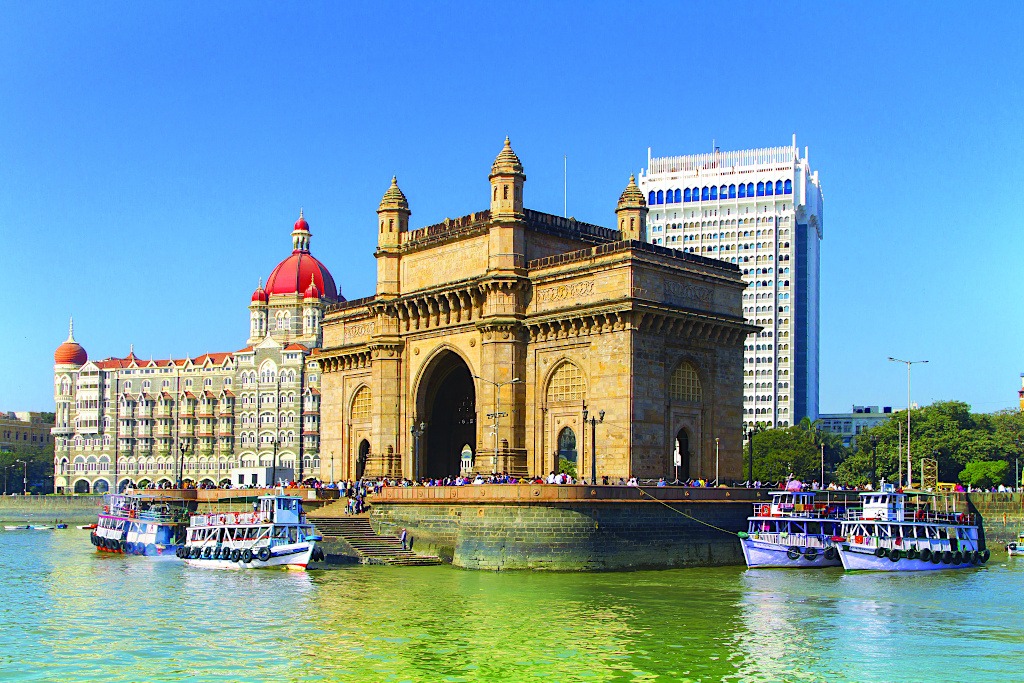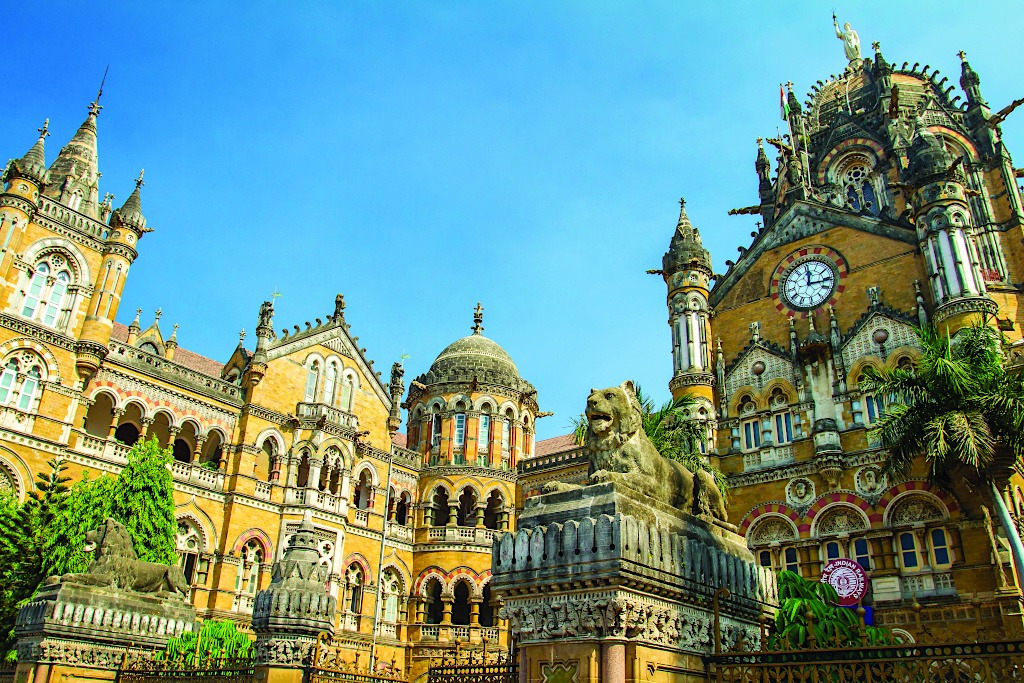It is also home to the world’s largest film industry. Bollywood (a portmanteau derived from Bombay and Hollywood) outperforms its American counterpart both in terms of global ticket sales and number of films produced annually. The lives and loves of its stars make headlines across India, and increasingly across the world. Bollywood super-couple Deepika
Padukone and Ranveer Singh made front-page news when they married in Italy in November 2018, as did Bollywood actress Priyanka Chopra when she wed American pop star Nick Jonas in December 2018.
The most lavish and newsworthy Indian wedding of 2018, however, was not that of a Bollywood star, but of the daughter of India’s richest man. When Isha Ambani married Anand Piramal, son of another Indian billionaire, in December 2018 their incredible wedding included A-list guests such as Hillary Clinton and a live performance by Beyoncé. You’d expect no less
from a family who live in the most expensive private residence in the world. Built in 2010 at an estimated cost of between $1-2 billion, the Ambani family home is an entire 27-story building with multi-level gardens and three helipads on Mumbai’s prestigious Altamount Road.
Although LGBTQ characters and storylines have already appeared in several big budget Bollywood films, Bollywood’s representation of gay men and lesbians inevitably leans towards comic stereotypes. This has nevertheless influenced social attitudes towards LGBTQ Indians, and is one of numerous factors to help pave the way for change. Perhaps we won’t have
to wait too many years before news of the lavish same-sex wedding of a Bollywood star makes the front pages.

The Gateway of India
Photo: Smarta
Mumbai is the main gateway to India for many international visitors, a fact that is echoed by one of the city’s leading landmarks. Built to commemorate a state visit in 1911 by King George V and Queen Mary, the Gateway of India symbolizes the grandeur of the British Raj in India.
Facing the Arabian Sea at the Apollo Bunder pier on the southern tip of Mumbai, this ceremonial stone arch by architect George Wittet was completed in 1924. Newly appointed British governors and other prominent people coming to India by boat would often disembark here, so for new arrivals this monument would have been their first sight of India, as well as
a gateway to new and exotic life experiences.
The Gateway of India played an equally symbolic role following the country’s independence. In a ceremony on February 28, 1948, the last set of British troops passed through the Gateway before leaving India, signalling the end of British rule.
The Gateway of India is also the embarkation point for colorful yet rickety ferryboats that make the one-hour crossing over to Elephanta Island, home to the Elephanta Caves. This UNESCO World Heritage Site is a network of sculpted cave temples dating from the 5th century. Once a significant place of worship, the caves feature carvings that depict the Hindu god Shiva and other Hindu and Buddhist iconography, all cut directly into the rock. Unfortunately, the imposing stone elephant that gave the caves their name was damaged in 1864 when the British attempted to move it to England. It was reassembled
piece by piece in 1914 in Mumbai’s Victoria Gardens (now Jijamata Udyaan) where it stands to this day. Other treasures and sculptures were similarly removed many years ago, to be re-housed in museums around the world. The carvings, pillars, and stupas that remain have become worn by time and human intervention, but it’s still a remarkable place to visit.
Situated next to the Gateway is The Taj Mahal Palace. The flagship property of Taj Hotels group, it’s one of the world’s most iconic hotels, a place where the English aristocracy once took tea with Indian maharajas. To this day it remains a home-away-from-home for world leaders, billionaires, and celebrities.
When the hotel opened in 1903 it was a testament to Indian hospitality and modernity: the first hotel in India to be lit by electricity, the first to have German elevators, American fans, Turkish baths, English butler service, and its famous Harbour Bar was the city’s first licensed bar when it opened in 1933.


